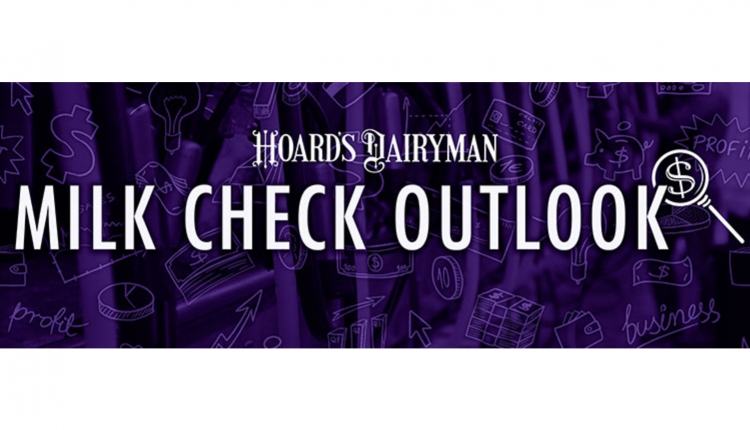
The real reason milk production is on the upswing is because U.S. dairy farmers added 114,000 dairy cows to the national herd in the past 12 months. When looking at cow data, most of that growth has taken place since January 2025 as 90,000 additional cows brought the herd total to 9.445 million head. Like May’s growth in milk production, cow numbers also stand at the highest total since July 2021.
Components, not milk, are driving growth
When digging one layer deeper, the average U.S. dairy cow produced 2,110 pounds of milk in May 2025 for a 68-pound daily average. Just one year earlier, cows produced 2,103 pounds of milk for a 67.8-pound daily average. That’s a minuscule 0.3% improvement in efficiency.
On the flip side, butterfat levels improved from 4.17% to 4.24% from May 2024 to May 2025. That improvement yielded 1.8 pounds more butterfat per cow and represents a 2% yield gain per cow, based on butterfat data from USDA’s Agricultural Prices.
Protein has certainly grown more important in consumer markets and cows have made strides there, too, moving from 3.26% to 3.30% protein, according to data from the Federal Milk Marketing Orders. When multiplied by monthly milk production, protein pounds showed a 1.1% improvement from May 2024 to May 2025 as shown in Figure 1.

An evolving story
The U.S. dairy industry continues to grow. It’s been widely shared that there are $10 billion in new processing assets coming online throughout the U.S. through 2027. Most of those assets will be demanding milk components, not necessarily fluid milk volume. That’s an important factor given dairy replacements stand at record high prices and there’s more demand to fill new plant capacity.
To that end, milk components continue to outpace growth in fluid milk volume as May milk rose 1.6% and milking components – butterfat and protein – moved 2.9% higher. Over the past 12 months, milk components have doubled and even tripled gains in milk output as shown in Figure 2. Given genetic trends, feeding strategies, milk component values, and product pull, this trend has long-term staying power.








